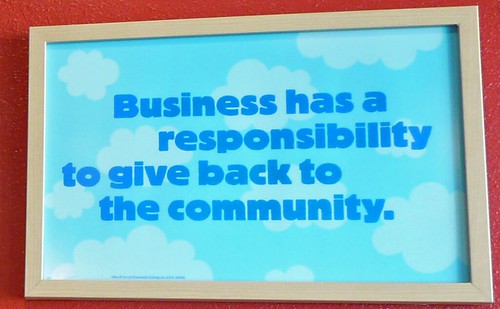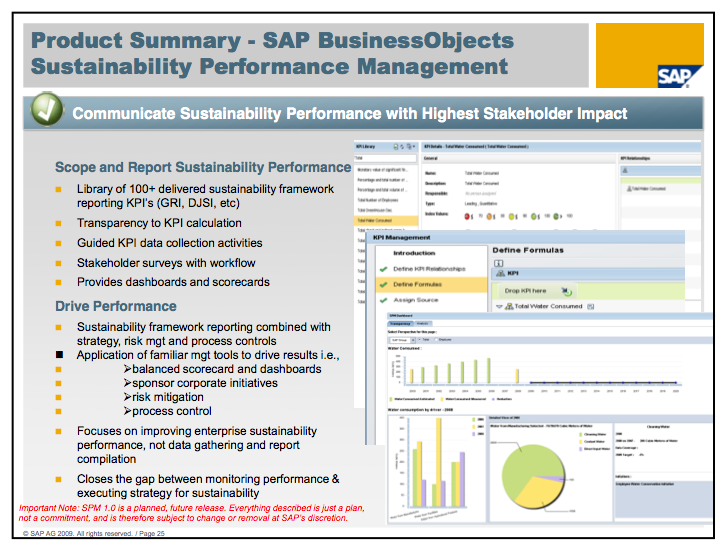In the video above, Dave Wright, founder and CEO of SolidFire makes the point that what with ARM-based servers, OpenCompute, etc. there has been a lot of breakthroughs on the computing side of servers, to make them more efficient recently, but very little innovation has happened with storage systems. Predictably he’s gone after storage modernisation with his new company SolidFire offering SSD-based enterprise storage solutions.
One of the biggest advantages of SSD’s, as storage for servers, is it is incredibly fast, so you get an immediate performance win. I first found this when I changed my laptop to one with an SSD, instead of a normal HDD. The drive is far faster, but because the SSD doesn’t generate heat, there is no requirement for a fan. This makes the laptop cooler (no laptop burn), quieter and it has a far longer battery life. Samsung affirmed this in a server situation when I talked to them earlier this year. Because SSD’s don’t require power-hungry fans to cool down the heat created by spinning drives, the reduced power requirement and heat generation is a big win in a data centre environment.
SolidFire are far from being alone in this field. Just last week FlashSoft announced that they had secured $3m in first round funding to develop Flash virtualisation software for enterprises. They have nifty software which runs on servers with hybrid storage (some SSD and some HDD). Their software identifies regularly accessed data (hot data) and caches this in SSD, while moving less frequently accessed data to spinning disks. Having regularly accessed data in a cache on SSD greatly increases the performance of the storage.
The hybrid model is one way of getting over the issue of the cost differential between HDD’s and SSD’s. SolidFire have a different approach – they don’t go for the hybrid model. Instead their all-SSD model uses a combination of data compression, de-duplication and thin client provisioning to reduce the amount of space required for storage.
A performance enhancing tactic regularly employed with HDD’s is to only use a small amount of the available space on the outside of the disk for your storage. The outside of the disk spins fastest giving you faster read/write access. However, this is hugely inefficient as most of the disk remains unused.
SolidFire do away with the need to have any HDD’s at all making your storage far more efficient. While in Flashsoft’s hybrid model, you can do away with the requirement for faster spinning SAS drives and instead go for slower, cheaper SATA drives without taking a performance hit. Both solutions reduce your energy and cooling needs.
Then out of Japan comes news that in response to requirements for energy efficiency there (due to the earthquake earlier this year closing nuclear power plants), Nexsan have come up with new power managed storage systems with in-built MAID capable of supporting any combination of SATA/SAS/SSD drives. Because MAID allows disks to be spun down when not in use, Nexsan are claiming up to 85% savings in energy usage for its systems.
It is true certainly that SSD’s have a shorter lifetime than HDD’s but even this has been given a boost with the recent announcement from IBM that their new Phase Change Memory chips (PCM) will be faster, cheaper and longer lasting than todays SSD’s.
So while Dave, above, feels that there isn’t much innovation happening in the efficiency of storage, I would respectfully differ and say this is very exciting times to be looking into storage energy efficiency!
Photo credit Tom Raftery





